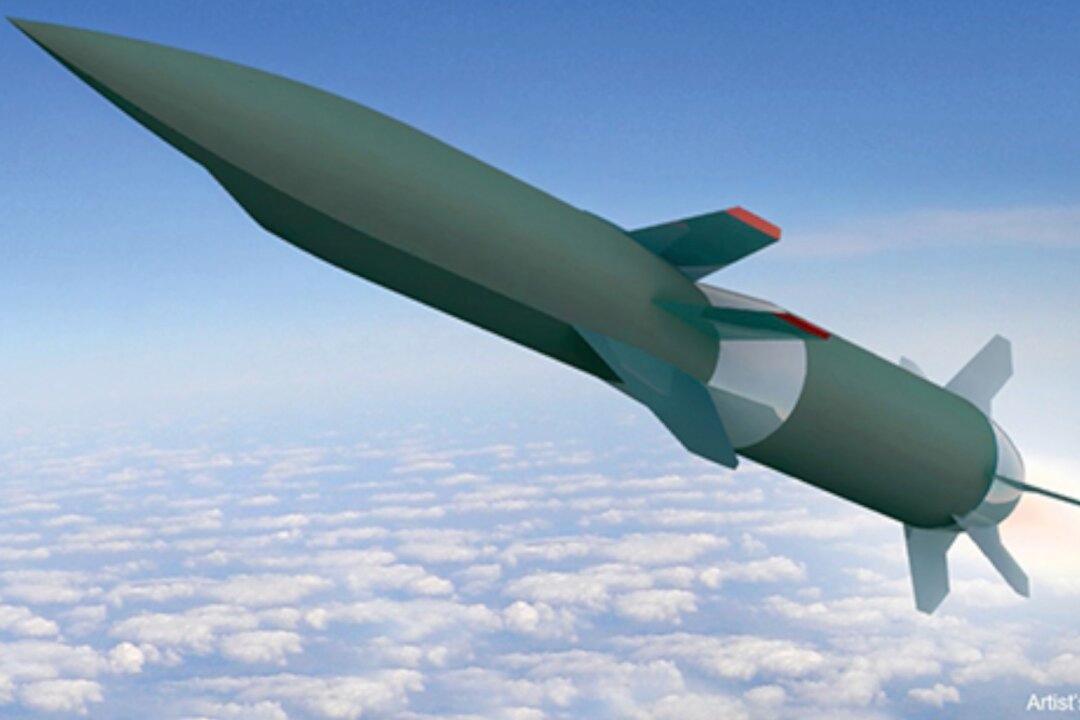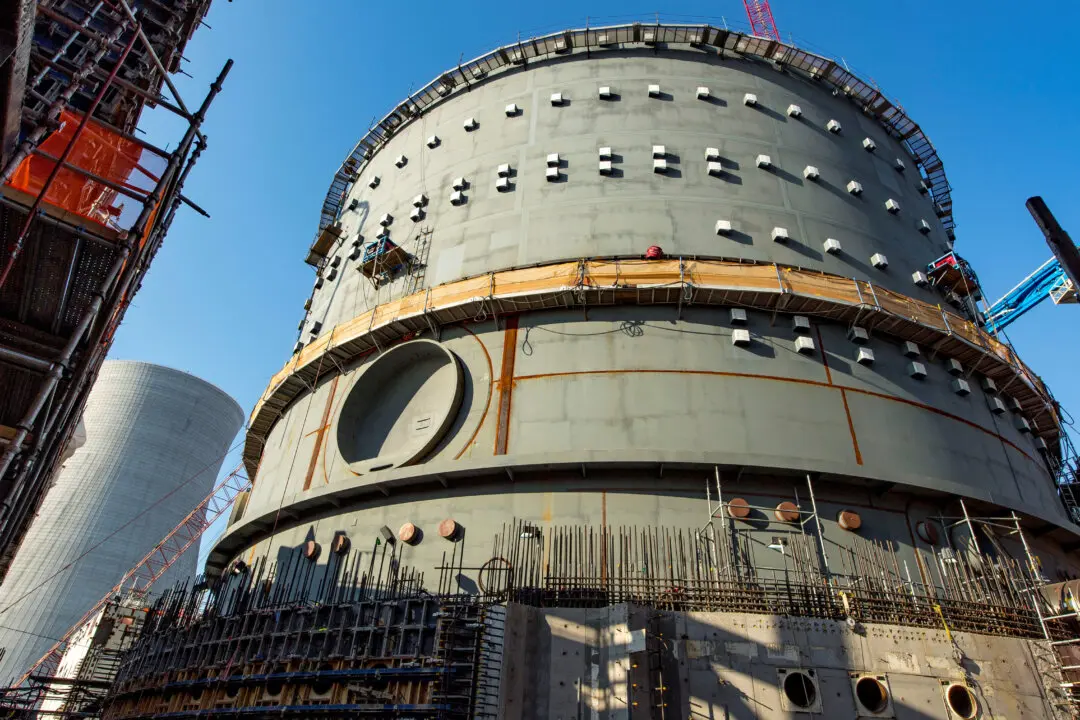The United States Department of Defense (DOD) is seeking nearly $30 billion in its $842 billion Fiscal Year 2024 (FY24) budget request for missile defeat and defense programs across all branches of the military.
Right now, the DOD is in a race to develop its own hypersonic missiles and engineer effective defenses against the high-velocity, maneuverable missiles being developed by Russia and, particularly, by the Peoples Republic of China (PRC).





